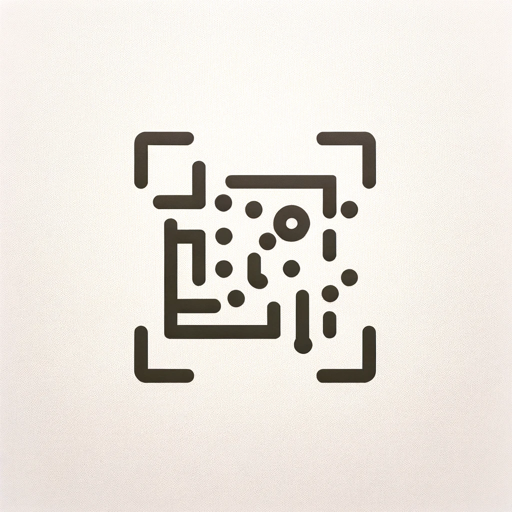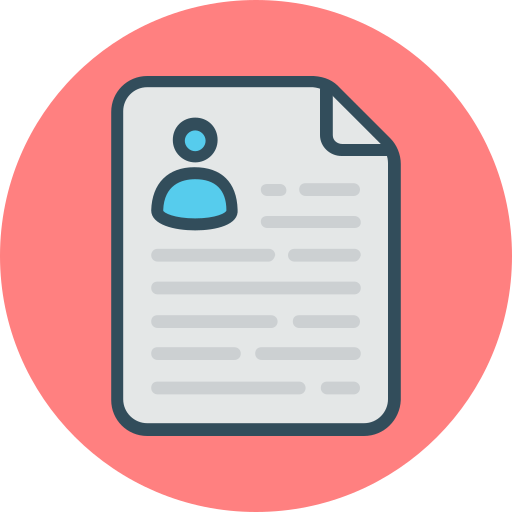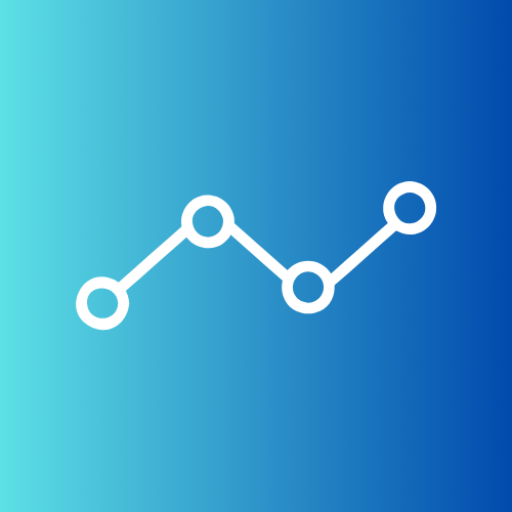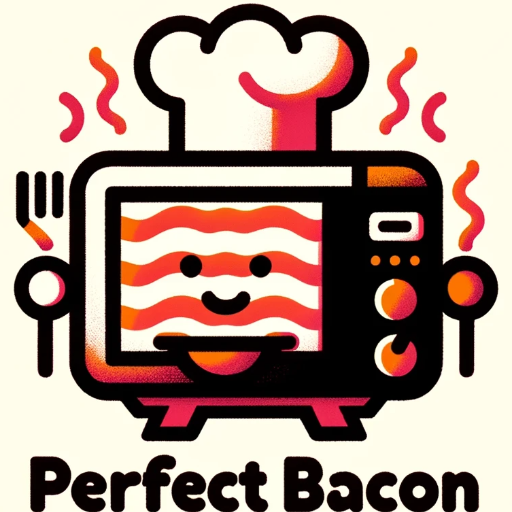Image to Website Code-AI website code generator
AI-powered design to code converter
Upload an image and what type of code you want
Default is HTML, CSS, JS
Related Tools
Load More
Screen Shot to Code
This simple app converts a screenshot to code (HTML/Tailwind CSS, or React or Vue or Bootstrap). Upload your image, provide any additional instructions and say "Make it real!"

Image to Code GPT
Generates concise web code with placeholders for images in the design. Leave feedback: https://dlmdby03vet.typeform.com/to/VqWNt8Dh

Image to HTML, CSS, and JavaScript Code Generator
Converts images to HTML/CSS/JS, improves with feedback

SEO Snapshot
Creating SEO optimized Keywords and Titles for your Stock Photos.

Image-to-HTML
Building HTML with Wireframe or Image Input

Afbeelding Generator
Deze afbeeldingsgenerator is een AI-programma dat is ontworpen om afbeeldingen te maken van tekstbeschrijvingen. Door eenvoudige tekst in te voeren, kunnen gebruikers creatieve visuals krijgen, waardoor het geweldig is voor iedereen die zijn ideeën visuee
20.0 / 5 (200 votes)
Introduction to Image to Website Code
Image to Website Code is a specialized tool designed to transform visual design concepts, such as wireframes, sketches, or UI mockups, into functional web code. The primary purpose is to streamline the web development process by converting static designs into dynamic, interactive websites or web applications. This tool leverages technologies like HTML, CSS (particularly Tailwind CSS), JavaScript, and modern frameworks such as React or Vue.js to produce high-quality, responsive prototypes. Examples include taking a hand-drawn wireframe or a digital design mockup and generating the corresponding code that builds out the visual structure and interactive elements of the design. It helps bridge the gap between designers and developers, ensuring that the design intent is preserved while converting it into a working product.

Main Functions of Image to Website Code
Design Interpretation and Code Generation
Example
Converting a wireframe with labeled sections and placeholders into a fully coded layout using HTML and Tailwind CSS.
Scenario
A designer provides a wireframe with specific areas marked for navigation, content, and a footer. Image to Website Code generates a responsive layout using semantic HTML elements and Tailwind CSS classes, reflecting the intended design structure.
Prototyping and Interaction Implementation
Example
Building a clickable prototype with interactive components like modals, dropdowns, or carousels based on design inputs.
Scenario
A design includes a carousel section for showcasing images. Image to Website Code creates the necessary JavaScript functionality to enable users to interact with the carousel, cycling through images with next/previous buttons.
Responsive Design and Optimization
Example
Ensuring that the generated code is mobile-responsive and optimized for different screen sizes using Tailwind's utility classes.
Scenario
A design mockup is provided for desktop view only. Image to Website Code generates the responsive code, making sure that the layout adjusts correctly for tablets and smartphones by utilizing Tailwind's grid and flexbox utilities.
Ideal Users of Image to Website Code
Web Developers
Web developers who need to quickly convert design assets into working prototypes or production-ready code would benefit greatly from Image to Website Code. They can save time by automating the translation of designs into code, focusing more on refining functionality and user experience.
UI/UX Designers
UI/UX designers who want to see their static designs come to life can use Image to Website Code to transform their concepts into interactive prototypes. This allows them to test the usability of their designs and communicate their vision more effectively with developers.

How to Use Image to Website Code
1
Visit aichatonline.org for a free trial without login, no need for ChatGPT Plus.
2
Upload your image, wireframe, or design mockup to the platform. Ensure the image is clear and detailed for the best results.
3
Review the automatically generated website code preview. The platform uses AI to convert your design elements into functional code.
4
Customize the generated code as needed. You can adjust styling, layout, and functionality directly within the platform’s code editor.
5
Download the final code or deploy it directly to your preferred web hosting service. Ensure all elements work as expected in a live environment.
Try other advanced and practical GPTs
L+
AI-powered personalized language tutor

Bright Sketcher
AI-Powered Illustrations for Speech Therapy

Business Coach
AI-Powered Solutions for Entrepreneurs

CCSBA Board Advisor AI
AI-Powered Assistant for Cannabis Boards

CognideX
AI-powered search for global datasets

Drone Industry Insights: Data Explorer
AI-powered drone industry insights at your fingertips.

Resume
AI-Powered Resume Improvement Tool

Introduction to Mathematical Analysis II Tutor
AI-powered tutor for advanced math analysis

Data Visualizer
AI-powered insights, simplified data analysis.

Perfect Bacon
AI-powered precision for culinary and beyond.

5W Avatar Creator
AI-Powered Precision for Your Target Audience

QuickyBooks Wizard AI
AI-Powered Financial Management for QuickBooks

- Web Design
- Code Generation
- Prototyping
- UI/UX
- Mockup Conversion
Q&A about Image to Website Code
What types of images can I upload?
You can upload wireframes, design mockups, screenshots, or sketches. The platform supports various formats, including PNG, JPG, and GIF.
How accurate is the code generation?
The AI algorithm is highly accurate, especially with clear and well-structured designs. However, manual adjustments may be necessary for complex layouts.
Can I edit the generated code?
Yes, you can edit the code directly within the platform’s integrated code editor, allowing for full customization of the HTML, CSS, and JavaScript.
What frameworks does the platform support?
The platform supports multiple frameworks including React, Vue, and Angular. You can select your preferred framework during the setup process.
Is there a limit to the number of images I can convert?
The free trial allows a limited number of conversions. For unlimited usage, various subscription plans are available.